I sometimes see in my office, the comments section of my YouTube channel, or other social media channels, women being prescribed finasteride for female pattern hair loss. Finasteride is a DHT-blocker. DHT is dihydrotestosterone, which has long been recognized as a factor in the progression of male pattern hair loss. Finasteride inhibits 5-alpha reductase. 5-alpha reductase is the enzyme that converts testosterone to dihydrotestosterone (DHT). A large proportion of men suffering from male pattern hair loss benefit from taking finasteride on a daily basis.
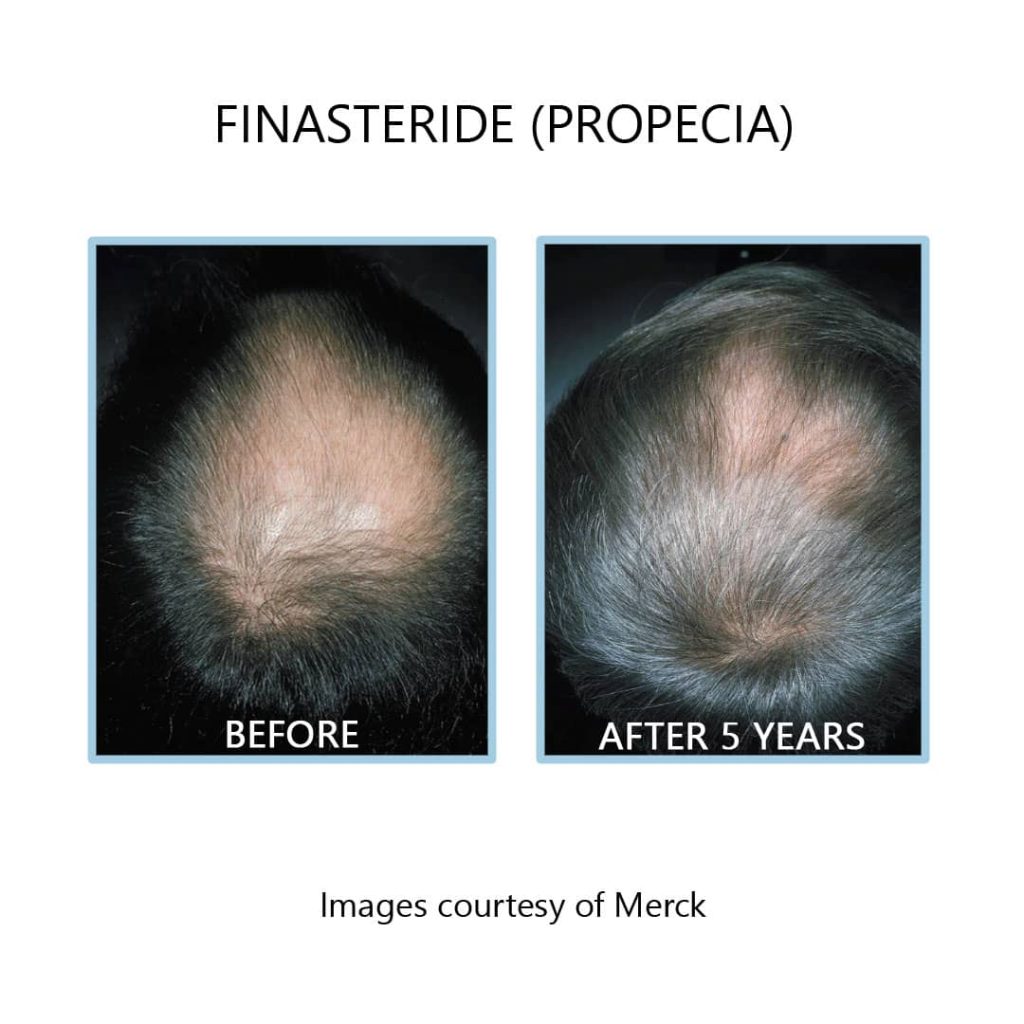
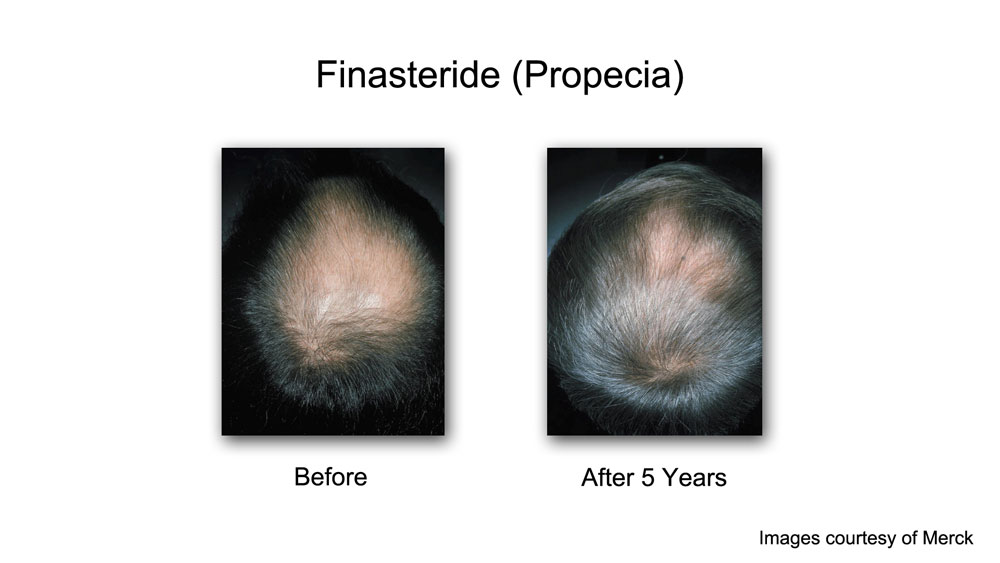
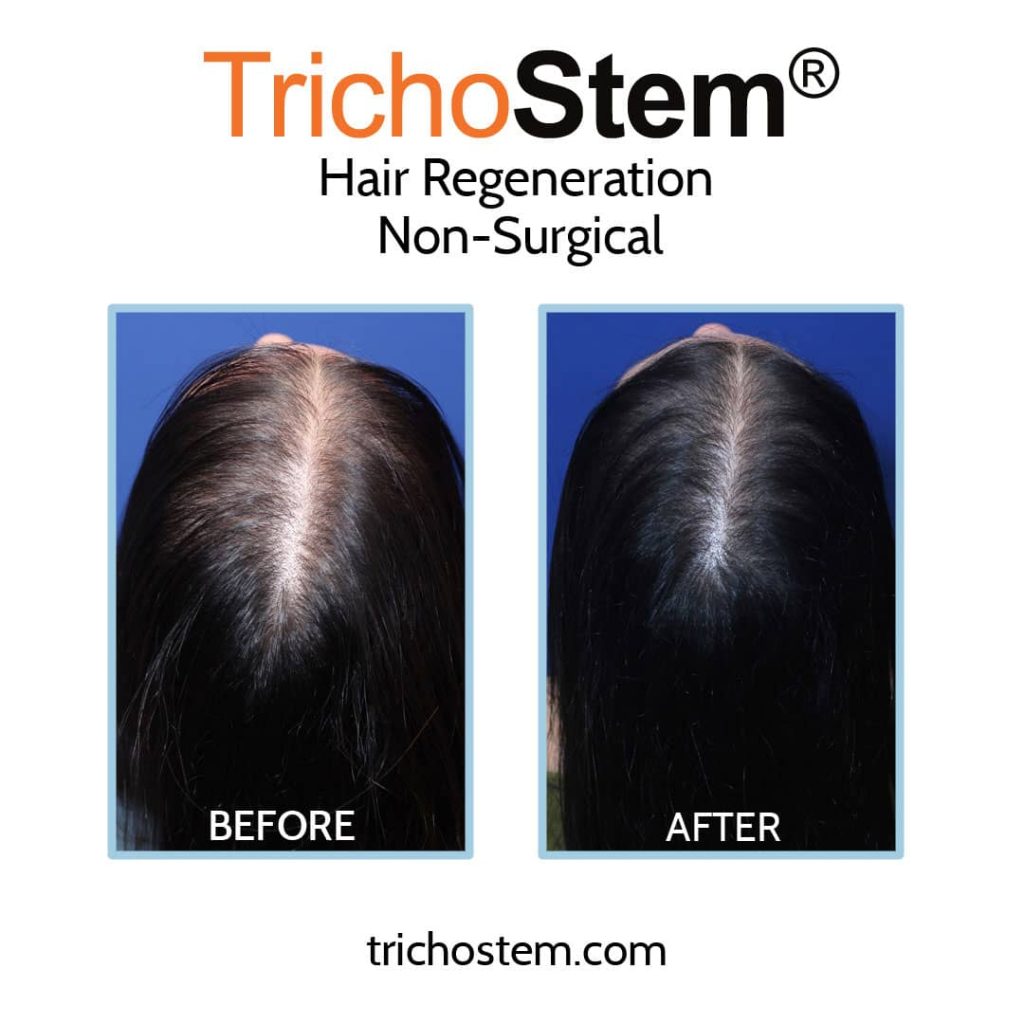
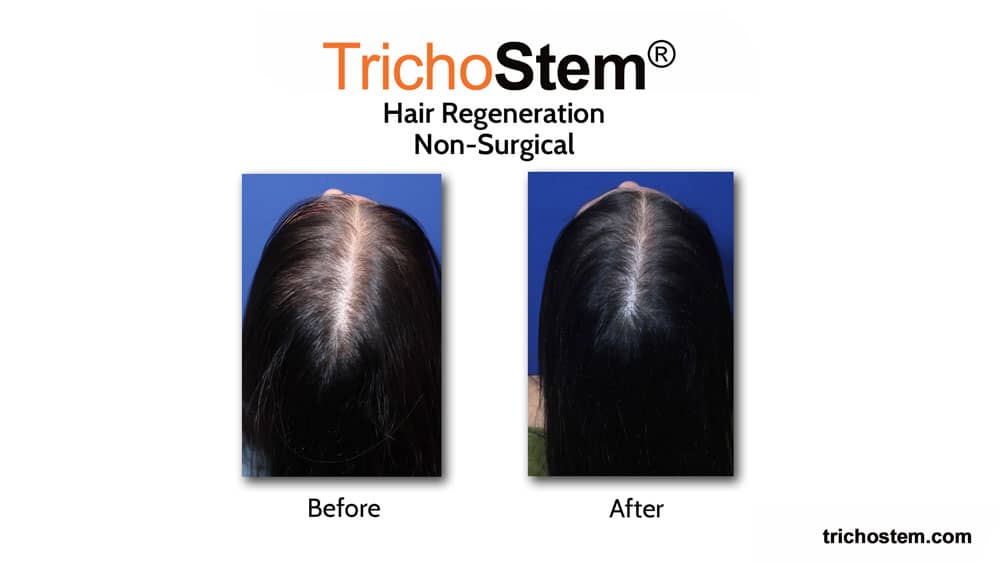
I’ve been performing hair restoration throughout my career starting with hair transplant surgery, and prescribing finasteride since FDA-approval in 1997. Since 2011, I’ve been assisting men and women suffering from hair loss with the TrichoStem Hair Regeneration System, a non-surgical treatment I developed that combines an extracellular matrix by ACell with platelet-rich plasma, or PRP. TrichoStem Hair Regeneration has been so successful that I built a freestanding center in Vienna, Virginia, specifically for this treatment, and we now treat patients from all over the world at our three locations.
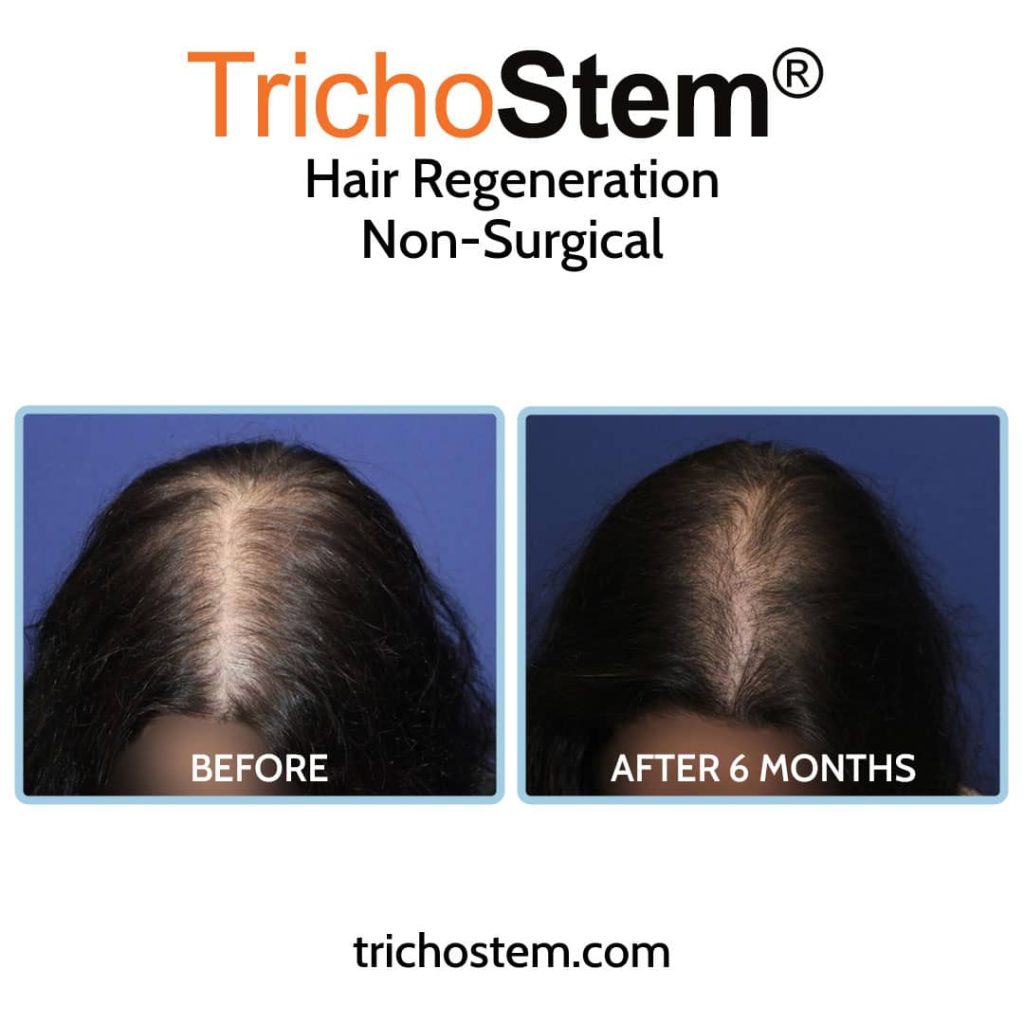
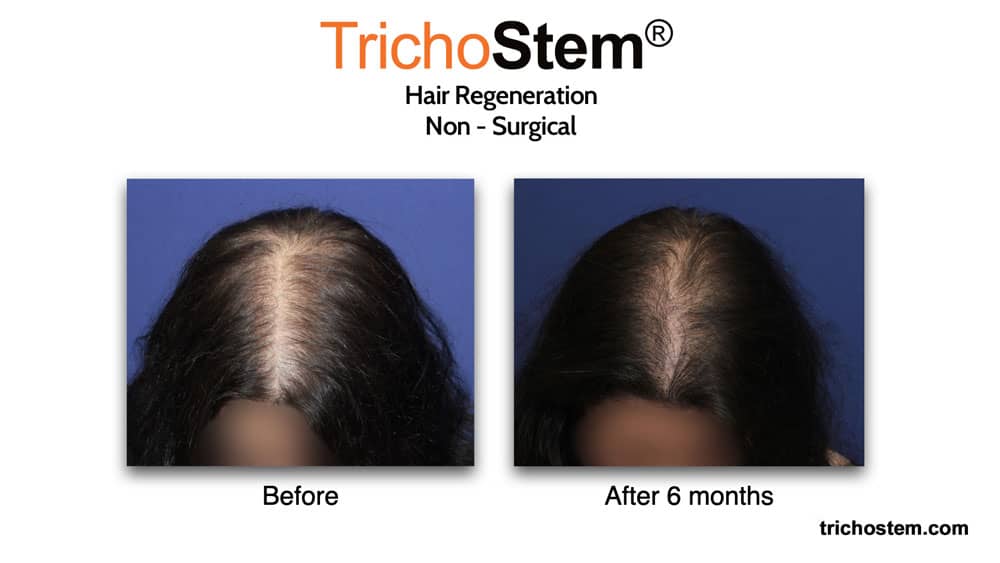
Effectiveness of Finasteride in Hair Loss for Men vs Women
In terms of testosterone levels and hair loss, the relationship between testosterone, dihydrotestosterone or DHT, and the benefits of finasteride for men is fairly clear. Women have significantly less testosterone in their bodies than men, and thus significantly less dihydrotestosterone in their systems. While the exact cause of female pattern hair loss has not been determined, the relatively low amount of testosterone in women, and thus DHT, makes using finasteride in women difficult for me to justify.
Some women with PCOS, also known as polycystic ovarian syndrome, may have elevated testosterone levels. I’ve noticed that their doctors frequently prescribe testosterone-blocking drugs like spironolactone and oral contraceptives to help them regulate their estrogen and progesterone levels. It’s also worth noting that finasteride use by women of childbearing age can lead to defects in the development of male sex organs during pregnancy.
Treatment for Hair Loss in Women
We successfully treat female pattern hair loss with our TrichoStem Hair Regeneration injection treatment without the use of a testosterone blocker such as spironolactone, or a DHT blocker such as finasteride. I do recommend that my female pattern hair loss patients have their hormonal status monitored by their doctors. Our female pattern hair loss patients have benefited from reactivation of hair follicles in a prolonged resting phase, as well as thickening of their thinning hair with our injection treatment alone.

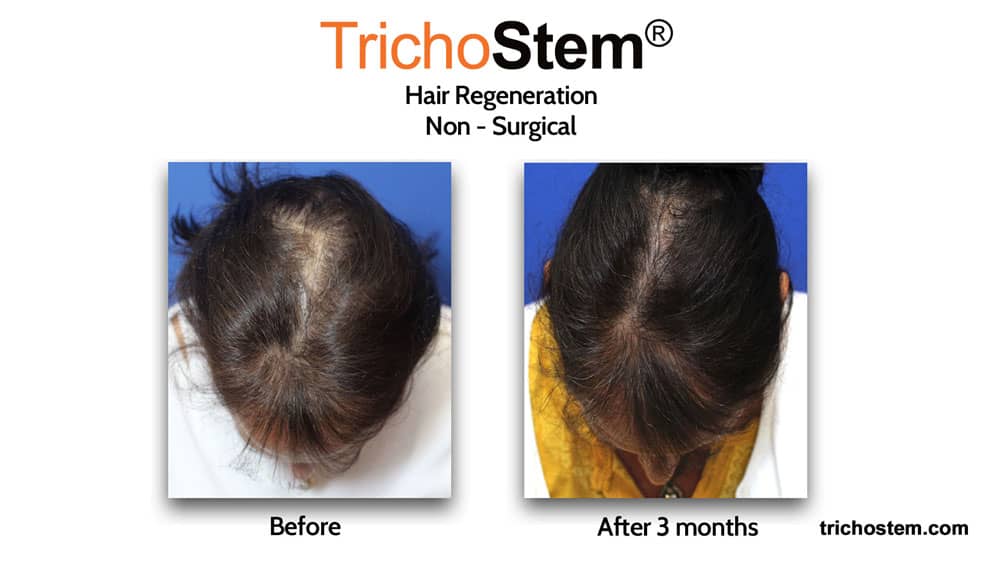
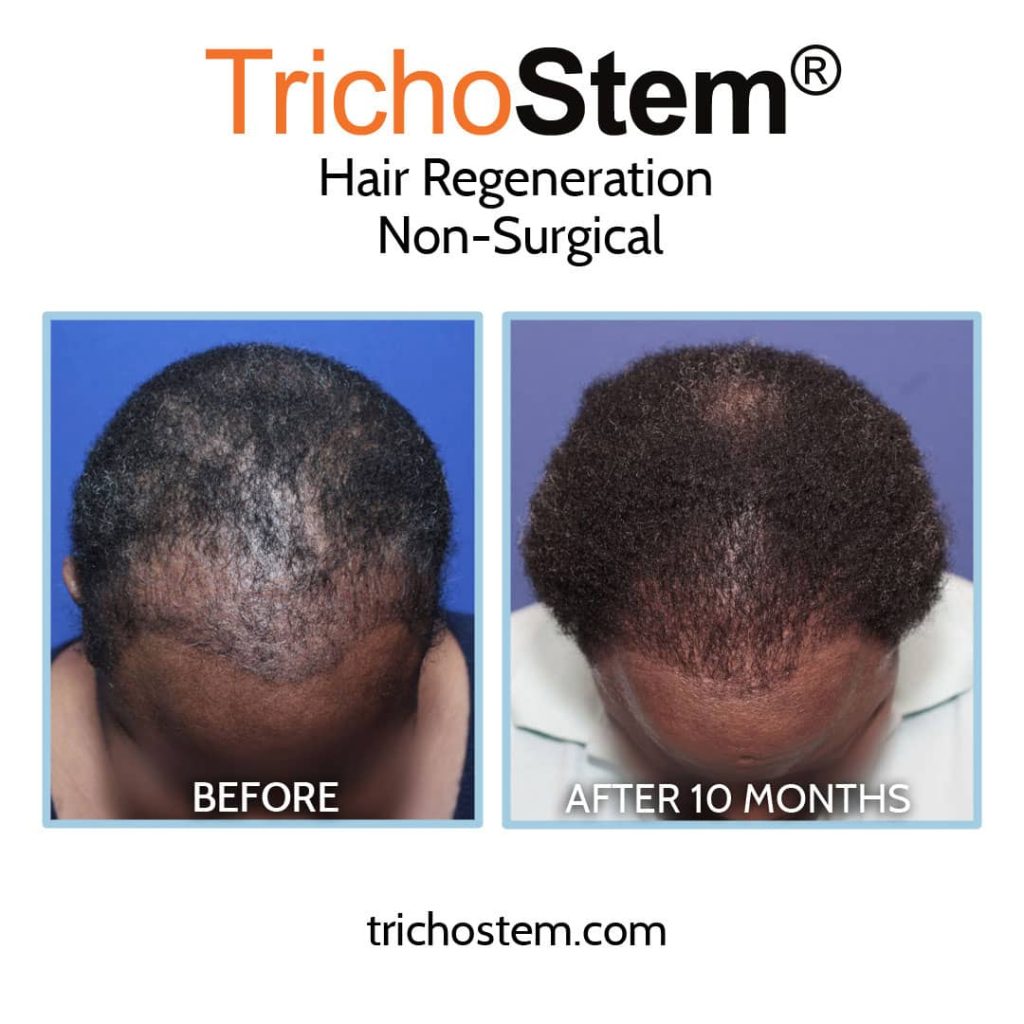

Side Effects of Finasteride in Females
In my opinion, studies using finasteride for women have limitations and do not show enough evidence for me to prescribe this drug for female pattern hair loss. With risks to a male fetus if a woman becomes pregnant while taking finasteride, I would be even more concerned about using it in premenopausal women.
The TrichoStem Hair Regeneration treatment has consistently and successfully treated female pattern hair loss, with benefits typically lasting 3-5 years. As I previously stated, our treatment plans take hormonal status into account. Patient safety and treatment effectiveness guide my approach to assisting my patients in all aspects of my practice.
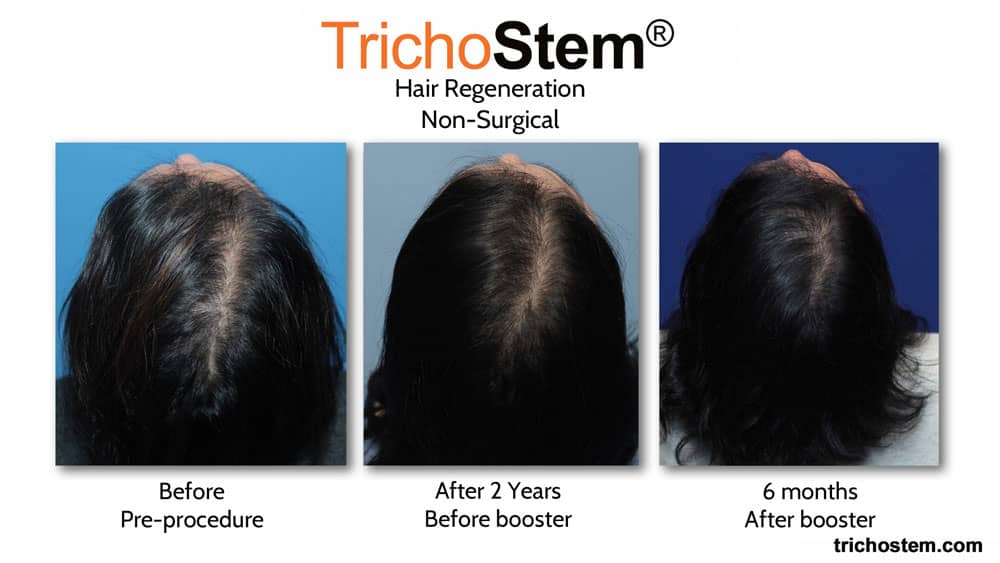
Since 2011, we’ve been treating female pattern hair loss in a safe, convenient, and consistently successful manner. Our patients typically receive 1 to 2 treatment sessions without the use of any additional medications and benefit for 3-5 years, if not longer.
Hair Loss Treatment in NYC and Long Island, New York
Dr. Amiya Prasad is a Board-certified cosmetic surgeon, and Fellowship trained oculofacial plastic and reconstructive surgeon, with over 25 years in practice with offices in New York City and Long Island. If you’re interested in recommendations for your individual situation, you may fill-up the form below or call our offices at (212) 265-8877 for Manhattan, New York City; (516) 742-4636 Garden City, Long Island; or (703) 356-1336 for Vienna, Virginia to schedule a consultation.
